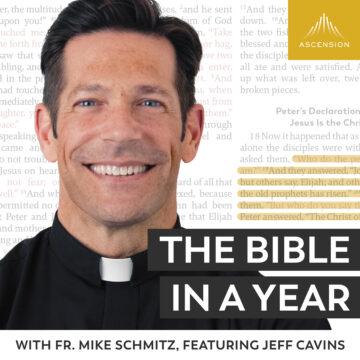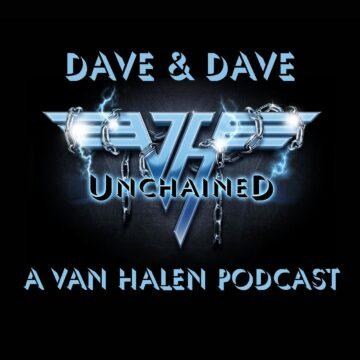Which wetlands are protected under the Clean Water Act? That’s the question before the Supreme Court in Sackett v. EPA. Back in 2004, Michael and Chantell Sackett purchased a residential lot near the idyllic and popular Priest Lake in Idaho. In preparation of construction, the Sacketts started filling the lot with gravel and sand. But after an anonymous complaint about the dredging and filling, the Environmental Protection Agency ordered the Sacketts to stop construction until the proper permits and assessments were sorted out. The EPA argued that the Sacketts were building on a wetland protected by the Clean Water Act. Instead of securing federal permits, the Sacketts took their case to the Supreme Court for a second time.
This week on Dissent, host Jordan Smith is joined by Sam Sankar, the senior vice president for programs at Earthjustice, a leading environmental law organization. Smith and Sankar discuss the Clean Water Act, wetlands and “navigable waters,” and the powerful interests backing the Sacketts. The outcome of the case, Smith and Sankar warn, could further gut the EPA’s ability to prevent pollution of the nation’s waters and combat climate change.
If you’d like to support our work, go to theintercept.com/join — your donation, no matter what the amount, makes a real difference.
Hosted on Acast. See acast.com/privacy for more information.








